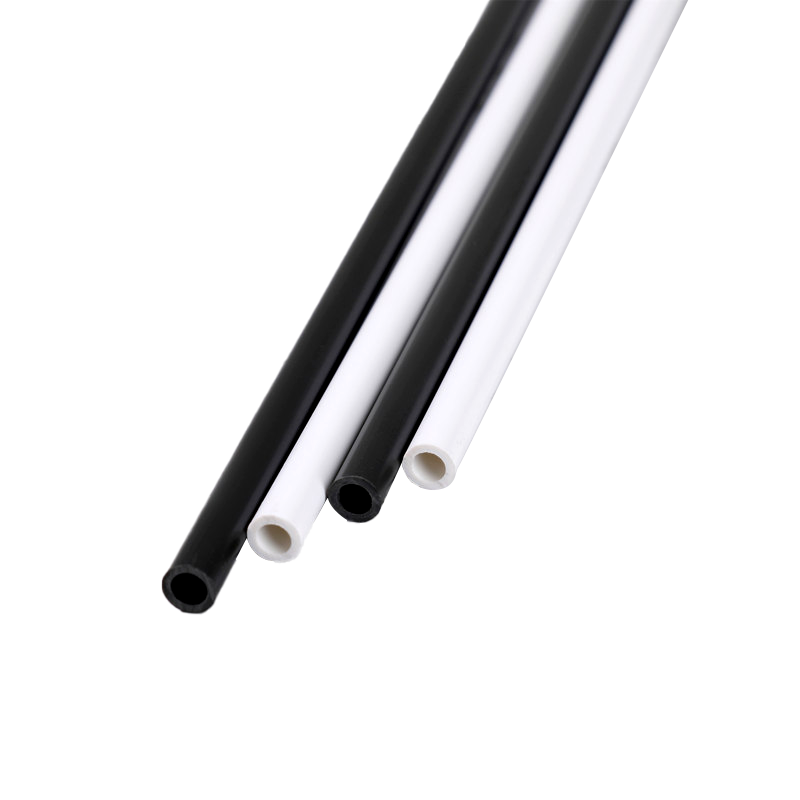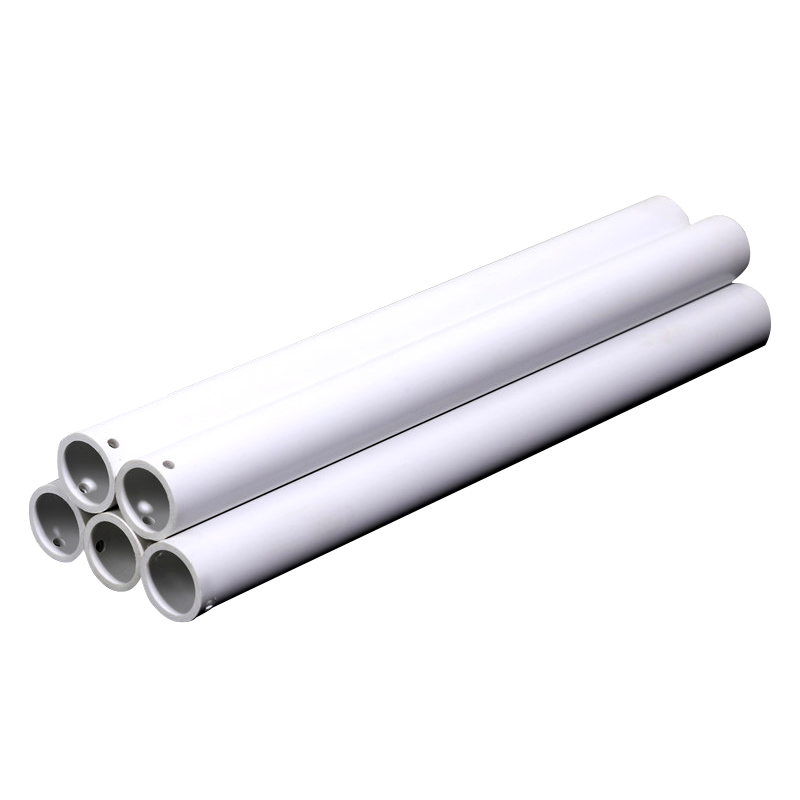Search by posts
Product category
Industry News
 By Admin
By Admin
Is the Hand Waving Flagpole lighter than a regular flagpole?
Flags are a universal symbol used in sports events, parades, political rallies, promotional campaigns, and school activities. Displaying a flag often requires a pole, and two common types are hand waving flagpoles and regular, stationary flagpoles. A common question arises among event organizers, schools, and sports enthusiasts: is the hand waving flagpole lighter than a regular flagpole? The short answer is yes, but understanding why requires examining their design, materials, and intended use.
1. Design Differences
Hand Waving Flagpoles are designed specifically for manual use. They are intended to be held in one hand, waved, or moved around during performances or cheering. As a result, their design focuses on:
- Lightweight construction to reduce fatigue during prolonged use.
- Shorter length compared to stationary poles, typically ranging from 0.5 to 1.5 meters (1.6–5 feet).
- Ease of handling, often featuring smooth surfaces, grip handles, or even telescopic adjustments.
Regular Flagpoles, on the other hand, are designed to support a flag in a fixed position. They are intended to remain upright, either on a ground mount or a wall bracket. Characteristics include:
- Heavier materials to withstand wind and weather.
- Greater height, often several meters tall, to ensure visibility.
- Robust bases or mounts to maintain stability.
These fundamental design differences explain why hand waving flagpoles are inherently lighter.
2. Material Considerations
The weight difference is largely influenced by materials:
-
Hand Waving Flagpoles are usually made from aluminum, plastic, fiberglass, or lightweight composite materials. These materials provide enough strength to hold small to medium flags while keeping the pole light enough for continuous waving. Some models even use telescopic aluminum or hollow plastic tubes to further reduce weight.
-
Regular Flagpoles are often made from steel, heavy-duty aluminum, or wood. These materials are chosen for durability, stability, and the ability to support larger flags in outdoor conditions. While they can withstand strong wind, their weight makes them impractical for hand use.
Because of these material choices, a hand waving flagpole typically weighs a fraction of a kilogram, whereas a regular flagpole can weigh several kilograms or more depending on height and diameter.
3. Intended Use and Portability
The purpose of the flagpole also determines its weight.
-
Hand Waving Flagpoles are designed for portability. Cheerleaders, event participants, and promotional teams need to move freely, wave, or spin the flag. A heavier pole would cause fatigue and limit movement. Lightweight construction allows longer periods of waving without discomfort.
-
Regular Flagpoles are designed for visibility, permanence, and stability. They are intended to hold larger flags that can withstand outdoor wind and rain. Stability often requires thicker, heavier poles, making them unsuitable for hand use.
The difference in intended use reinforces why hand waving flagpoles prioritize lightness over extreme durability.
4. Advantages of Lighter Hand Waving Flagpoles
Using a lighter flagpole offers several benefits:
- Reduced Fatigue – Lightweight poles can be waved for long periods without straining the arm.
- Improved Control – Easier to spin, wave, or maneuver for performances or rallies.
- Portability – Easier to carry, store, and transport between events.
- Safety – Lighter poles reduce the risk of injury if dropped or swung accidentally.
These advantages make hand waving flagpoles ideal for schools, sporting events, and promotions, while regular poles remain better for permanent outdoor installations.
5. Considerations When Choosing a Flagpole
While weight is an advantage, other factors should also be considered:
- Flag Size: Hand waving flagpoles are generally limited to small to medium flags. Large flags require more support and may not be suitable for handheld use.
- Durability: Lightweight poles may not withstand strong wind or repeated rough handling.
- Grip and Comfort: Look for models with ergonomic handles to reduce strain during waving.
- Telescopic Features: Some poles extend for visibility while remaining light when held.
Selecting the right balance between weight, durability, and flag size ensures a safe and effective display.
Conclusion
So, is a hand waving flagpole lighter than a regular flagpole? Absolutely. The difference comes down to design, materials, and intended use. Hand waving flagpoles are made to be portable, easy to maneuver, and lightweight, typically using aluminum, plastic, or fiberglass. Regular flagpoles are built for stability, outdoor exposure, and larger flags, which necessitates heavier materials and a stronger base.
For events, rallies, and performances where movement and portability are key, a lightweight hand waving flagpole is ideal. For permanent outdoor displays and large flags, a heavier regular flagpole is necessary. Understanding these differences allows users to choose the appropriate pole for safety, comfort, and visual impact.
In summary, hand waving flagpoles are significantly lighter than regular flagpoles, offering convenience and maneuverability without compromising the visibility of smaller flags during events.

Recommended products
-
2023 New Cheap Plastic Pipe Multiple Colors And Sizes Custom Hand Waving Flagpole
-
Wholesale Custom Pvc Material Indoor Desktop Flagpole Hand Waving Flagpole
-
Customizable Size Custom Logo Plastics Hand Waving Flagpole Big Pvc Flagpole
-
Plastics Hand Waving Flagpole Factory Direct Custom Wholesale PVC Flagpole Parts Pipe
-
Custom Easy Install Safety Flagpole Pvc China Factory Hand Waving Flagpole
-
New Popular Product Transparent Pvc Flagpole Custom Size Hand Waving Flagpole
-
2023 High Quality Hand Waving Flagpole Big Or Small Flagpole Size Custom
-
Fast Delivery Promotion Factory Wholesale Flagpole Pvc Pipe Hand Waving Flagpole
-
2023 Personalized Custom Desk Hand Waving Flagpole Outdoor White Flagpole
-
Wholesale 2023 Hot Sale Used Flagpole Weight Custom Pvc Hand Waving Flagpole
-
Wholesale Products Cheap High Quality Hand Waving Flagpole Newest Sections Flagpole
-
Wholesale Cheap High-Quality Hot Sale Flagpole Cylindrical Hand Waving Flagpole

 +86-0573-88528475
+86-0573-88528475 English
English русский
русский












